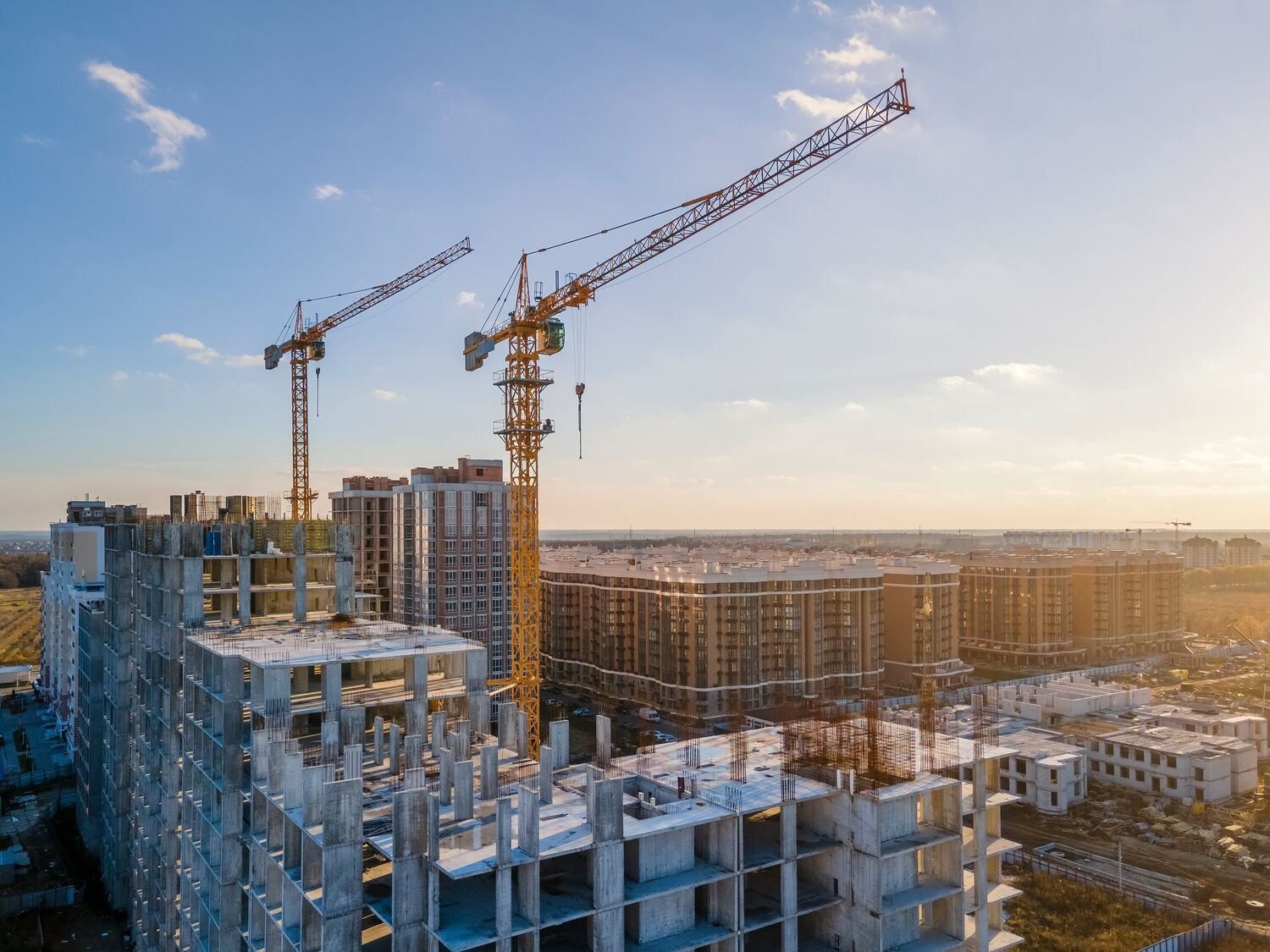Across Europe, contractors and pipeline installers are increasingly adopting air pressure testing over traditional water pressure methods, from major commercial projects in the Netherlands to modular bathroom manufacturers in Denmark. This shift is driven by the evolving needs of the construction industry and heightened focus on quality assurance.
For many years, water pressure was the industry standard for pipeline leak detection. Previous assumptions within the sector suggested that air pressure testing posed significant safety risks at high pressures, potentially leading to accidents or property damage. However, as Don Elworthy, Senior Contracts Manager at Panks Engineers Ltd (UK), notes, air pressure testing—when performed by trained professionals following established method statements at proper pressures—can be conducted both safely and reliably.
In Denmark, Modulbad has relied on air pressure testing as an integral part of their quality control for over three decades. Every prefabricated bathroom unit undergoes systematic testing, ensuring that no moisture compromises interior finishes or piping during manufacturing. As Sales Manager Finn Bjorn-Hansen highlights, this method keeps cabins pristine and dry for shipment, and with storage often outdoors, eliminates the threat of frozen pipes prior to installation. Bjorn-Hansen also recommends air pressure testing post-installation, noting that it mitigates the risk of leaks and subsequent water damage, further strengthening Modulbad’s reputation for quality.
In the Netherlands, air pressure testing rose in prominence as buildings grew in scale around twenty years ago. Eric van der Blom, Sanitary Specialist at Techniek Nederland, explains that as projects expanded, flushing pipelines with water on a weekly basis became increasingly impractical. Section-by-section air testing not only streamlines the process but also avoids complicated steps like eliminating trapped air from water, resulting in substantial time savings.

This widespread adoption prompted the creation of updated Dutch guidelines for air pressure testing, now requiring initial testing at 0.15 bar for leak tightness, followed by a 3 bar resistance test once integrity is confirmed. According to van der Blom, these new practices align closely with German standards, enhancing both safety and hygiene without introducing water during installation, while reducing operational costs linked to routine flushing. The combined advantages continue to drive preference for air pressure testing among Dutch installers, with similar regulatory updates anticipated across other European markets.
Make sure to read all the blogs about air pressure testing:
1. The benefits of using air pressure testing on large construction projects
